If you are a seasonal photographer, you have a tough job. You struggle with finding the perfect areas of photography locations to make the perfect compositions and abstracts with photography subjects, according to the photo shoot time. What’s’ worse is when you have the perfect area and the moment you want to capture, but abstract textures and photography compositions turn out dull.
And you find it hard to adjust the right camera settings, according to the blowing wind or color variation, to capture those beautiful moments. No worries! We have compiled this mini guide to help you capture those fall foliage photography moments and bring the best out of your photo shoots.
We have covered the 15 Tips to capture the best fall images during a photoshoot, for more visually appealing and interesting pictures, from the best photoshoots time to the most suitable filters.
Key Tips to Enhance Your Fall Photography
1. Research Locations
Doing detailed research about the fall photography areas and checking out reports beforehand will help you save lots of time later. According to the season and time, fall colors keep changing. When you observe the change of leaves’ color in your surroundings, remember that fall foliage color changes at a greater speed and earlier on greater heights than your surroundings. Also, several other factors aid in quickly changing leaves’ colors, such as rainfall, freezing, chilling winds, droughts, or snowfall.
Collect the reports of residents where you are planning the fall foliage photography instead of covering the main cities. Having current updates about the fall locations is a wiser idea. And the nearest fall locations are better for the best fall images than those that take weeks to reach the destination.
2. Safety Permits for Best Fall Images
Before leaving for the fall photography session or arriving at the destination, paying attention to the resident’s permission, safety measures, and other important things is important. Have an update about the weather forecast, and carry extra seasonal outfits and blankets with you.
Ensure you can enter the photography area, capture the moments, or even stay at night. Learn more about keeping yourself safe from wild animals or life hunting. Research the plant species as well.
Avoid the zones where plants have poisonous leaves. You can wear gloves and other safety kits to protect yourself from poisonous plant leaves, thrones, insect bites, birds, or animals.
3. Reach Just Before Fall Time
Going too early or too late is not fruitful, as you will waste time or miss the perfect colors of the fall season. So, reaching just before time is more fruitful for capturing the best fall images.
For maximum variety in colors and eye-pleasing results, you can fix your fall photography session during the starting or mid-days of the fall season.
4. Sunrise Shoot for Best Colors
In the autumn, fall photography taken during sunrise brings the best color combinations. Some professional photographers say sunrise photography is better and could be the best compared to Sunsets.
Sunrise adds a touch of warmth with minimum contrast and helps you to capture the best fall images. As the night is cold during the fall season, there are several moments you can only capture during the sunrise instead of sunset.
For example, during sunrise, when the temperature and atmosphere start changing, there is the presence of light fog, the air is clearer than the evening air, steam flies over the water bodies, and many more such things are there. They make your fall photography better by adding natural variations in the fall areas, adding their magic to your photo shoots and pictures.
5. Full-Day Fall Shoot
When the sun is up, the natural light continuously changes. Don’t sit and wait for the sunset when you observe the sun rising. Full-day shots are a chance to capture several best fall images and foliage photo shoots with natural filters added by daylight.
Play with your camera focus and explore different areas of that location while taking shoots. For the best results, ensure your back is towards the sun so that it’ll’ not create glare effects by colliding with the camera lens. When you hide the sun with your back so that its light doesn’t reach the camera, the maximum shots will turn out as flat lays, with little depth of shadows.
You can ensure the sun’s rays fall from your left or right side for in-depth shadows and more three-dimensional effects in your photography. If you don’t want to make your photoshoots complex, avoid the sun glare as much as possible by avoiding the photoshoots facing the sun.
6. Capture After Sunset Falls
When the sun starts dipping in the horizon and disappearing, that is the perfect moment to capture fall photo shoots. The perfect sunset timing might not give you the best results, but the moments of fall foliage are worth capturing a few minutes after the sunset.
The colors scattering over the horizon with a touch of faint darkness can make your fall foliage photography unique and beautiful. Some professional photographers usually call this moment the second sunset. Be careful about motion blur or noises while capturing the fall photography during this moment.
You can also utilize the nighttime for capturing the best fall images, especially when the full moon night is there or nearby. These photo shoots add uniqueness to the fall pictures with stillness and darkness, where moonlighting falls over the scenes creating a soothing and pleasing experience.
7. Use a Polarizing Filter
A circular polarizing filter is the best way to protect your fall foliage photography from sunlight glares. It also retains the full and rich details of fall colors, maintaining maximum saturation.
Before fixing the final polarising filter, takes a few shots to experiment and figure out which compositions work better for your photography. Once you find the best photoshoot results, use that polarising filter for a long time until the sunlight drastically changes.
In the case of rain, large water bodies, or maximum coverage taken by the sky, you can reduce the polarising effect for the best results. Again, do experiments with the filter before you start the final photography session.
8. Focus on Subject
The biggest mistake many new photographers or travelers make is focusing on color variation instead of the main subject of fall photography. Only colors are not enough to capture beautiful and best fall images.
The subject is the main element of fall foliage photography. Go for unique features in or near the subjects, or the fall photography composition will turn out dull rather than interesting.
If you are a color nerd, highlight the subject and color selection. This effort will make your photo shoot images better and alive. You can explore the nearby areas to discover such unique subjects for stunning fall photography.
9. Set Foilage Sharpness
Imagine you took 100 photos, and due to the post-processing of images, you find out that more tha 90 pictures are blurred. It will waste your efforts, time, and cost, of course.
On the other hand, the bad experience of not having sharp and clear images will trap you in guilt or regret. So to avoid this regretful situation, it is a wise idea to keep checking the sharpness of each image you take at the moment of fall photography. Zoom them at a hundred percent and review them properly.
On the other hand, if the fast wind blows during the photography session, it creates an unwanted blur and glossy effect on the photoshoots. So in such a case, you need to increase the speed of the camera shutter to capture the best fall images.
10. Capture Water Reflections
For visually compelling compositions, reflections play a significant role in fall foliage photography. And capturing them on a wide angle makes the complete scenario more interesting and visually pleasing.
So explore the different areas of fall photography locations and find out the areas which can add reflection to your photography. They can be large water bodies or even small pits full of water, helping you to create the water reflection effects.
You can utilize the telephoto lens in your fall photography for a more abstract touch. Telephoto lenses isolate unique elements, textures, and colors in your shoots, bringing out the best fall images.
11. Be Intentional with Camera Moves
If you are using a tripod to capture maximum fall photo shoots and for stillness, don’t forget to move the location and direction of your tripod.
Capturing some scenes by moving the camera and intentionally targeting the subjects or closer details often creates the best results and stunning, visually appealing images. To capture abstract images, intentional camera moves are essential.
12. Long Exposures
Long-exposure photo shoots are taken to add softness and soothing effects. They avoid chaotic scenes and add complement to the sharp contrasts of fall foliage.
To capture the long exposures, you must discover the areas and scenes where water moves to utilize them to make your fall photography images softer, more soothing, and pleasing.
13. Close Shots
Small details are also a very important perspective of fall photography. Including the ground look where leaves fall or dancing with the wind can create exciting and interesting compositions in your fall photography pictures.
You can explore various closure areas where you observe lots of leaves falling on the ground. Pair up the trees and ground leaves to blend the texture of your fall photography. Capturing the vintage points and close shots are also worthy.
For maximum impact, you can also get low and take closure on the ground objects instead of the forefront, top, or sky. To add more depth to your fall photography, capturing the fall scenes with wider angles is always a wise idea. It will cover the full small details of your close shots and make the photography interesting and visually appealing.
14. Look Up
Sometimes, for some best shots, you have to look upwards at the heights, at the top of trees. The sun falling from the top of trees and piercing their leaves creates a magical scenario.
These tree canopies are worth capturing for the best fall images. To capture these in your fall photography, find two to three trees with larger canopies, and cover more than half the sky when you look upwards.
Explore the different sides of these trees to find your best picture compositions and combinations for perfect photo shoots.
15. Utilise Different Compositions
Utilizing different compositions and perspectives have its advantage, along with flexibility. Don’t tie yourself to the style guide or focus on just one perspective. Explore the various compositions and perspectives and try to capture the fall from various angles.
For example, front, side, top, bottom, up, down, etc. Pair it with different details, like focusing on two trees at once or focusing on falling with flowing water bodies.
You never know; freestyle and flexibility can bring better results if you know the photography and filters setting of the camera and shutter.
Final Thoughts
Every Photographer and Fall Season lover wants to capture the best fall images, and preparing everything from researching the location to safety measures, camera lenses, filters, settings, and timing is the way to get there. This blog post showed you 15 tips for photography fall colors, from what to look for while researching to capture the compositions and fall photography moments to capturing the best fall images by exploring and trying in just a few attempts.
It also covered the camera settings according to the wind, atmosphere, temperature, and timing. Ensuring you are ready for the fall photography photoshoot is the best way to make your fall photography session fruitful and capture the best images.
If you want more ways to capture beautiful moments or enhance your photography skills, sign up now and get a helpful mini guide about boosting your skills.
Frequently Asked Questions
How Do You Take Good Fall Color Pictures?
To take good fall color pictures, avoid the direct interaction of the camera lens and the sun. Ensure the sunlight is falling from your backside for the flat lays and two-dimensional fall photography, and sun rays fall from your left or right side for three-dimensional fall photography.
You can fix the camera with the help of a tripod and adjust the angles or use intentional camera movement only when needed. Take closer shots, take wide angles shots, focus on subjects, use the polarising filter on your camera, and focus on compositions while capturing the fall photography for the best fall images.
What Lens Is Best for Fall Colors and Photography?
For fall colors photography, the wider lens is the best. A 24-70 mm wider lens is best to capture the best fall images. This lens can cover a lot, from unique composition to wide angles, closer or wider phot shots, better focus and sharpness, and covering the smallest details in fall photography.
You can have one more camera lens of 15 to 35mm to capture the fall’s wind speed, versatility, and mobility during fall photography.

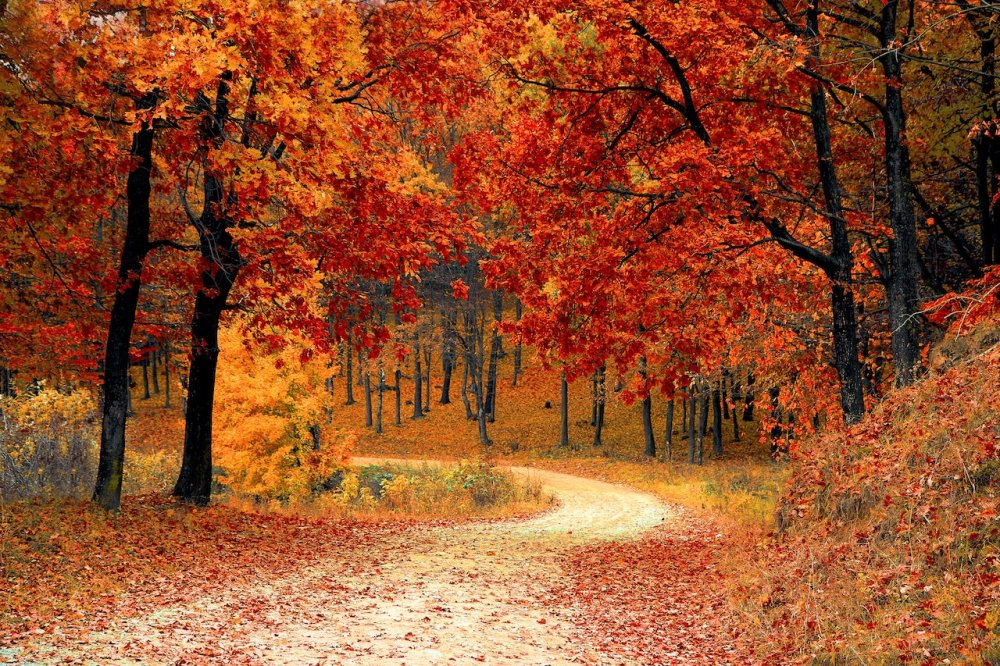
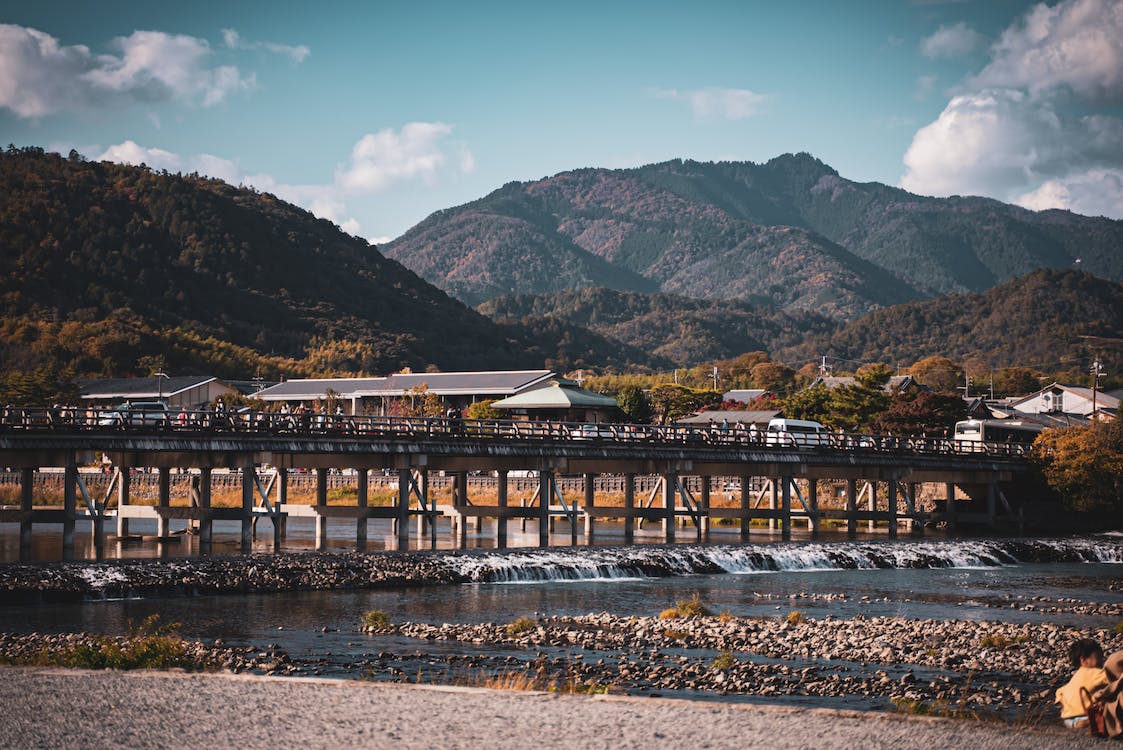
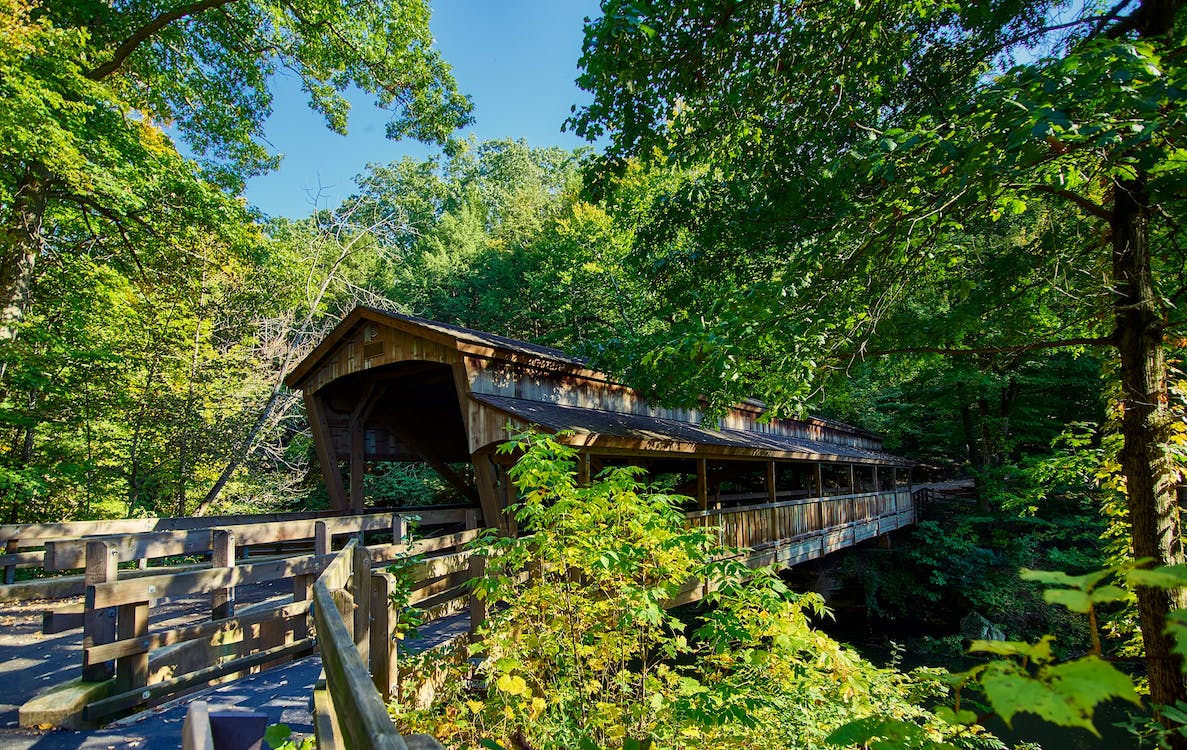
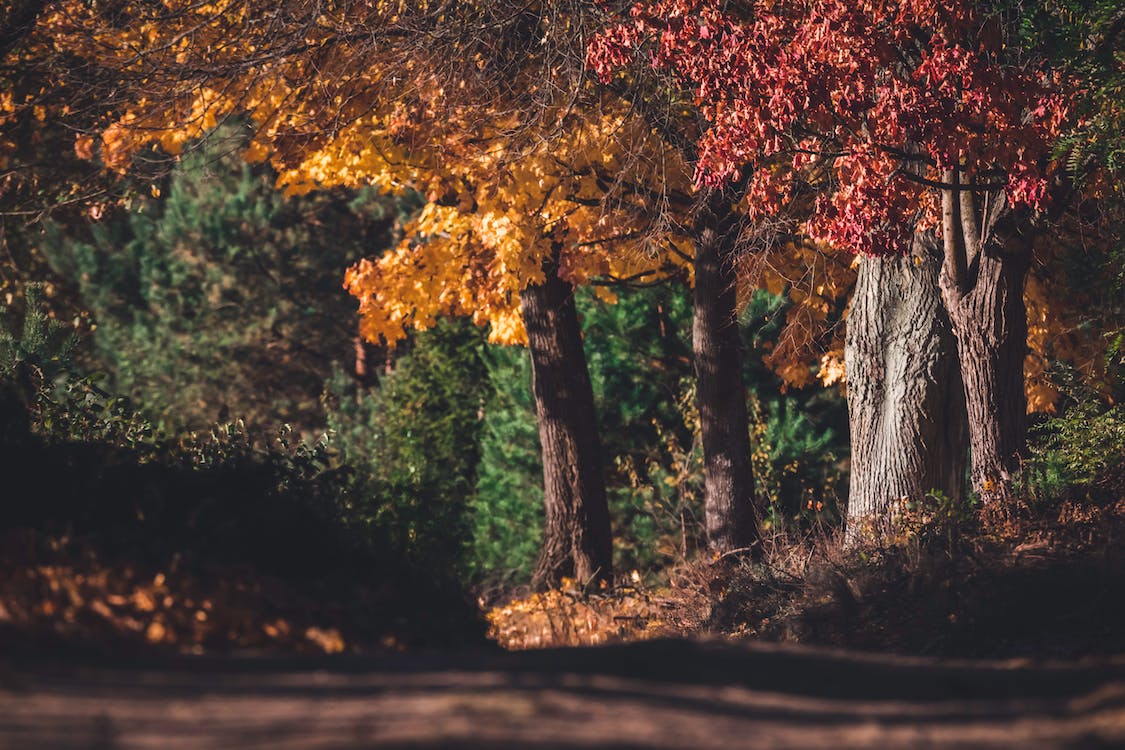
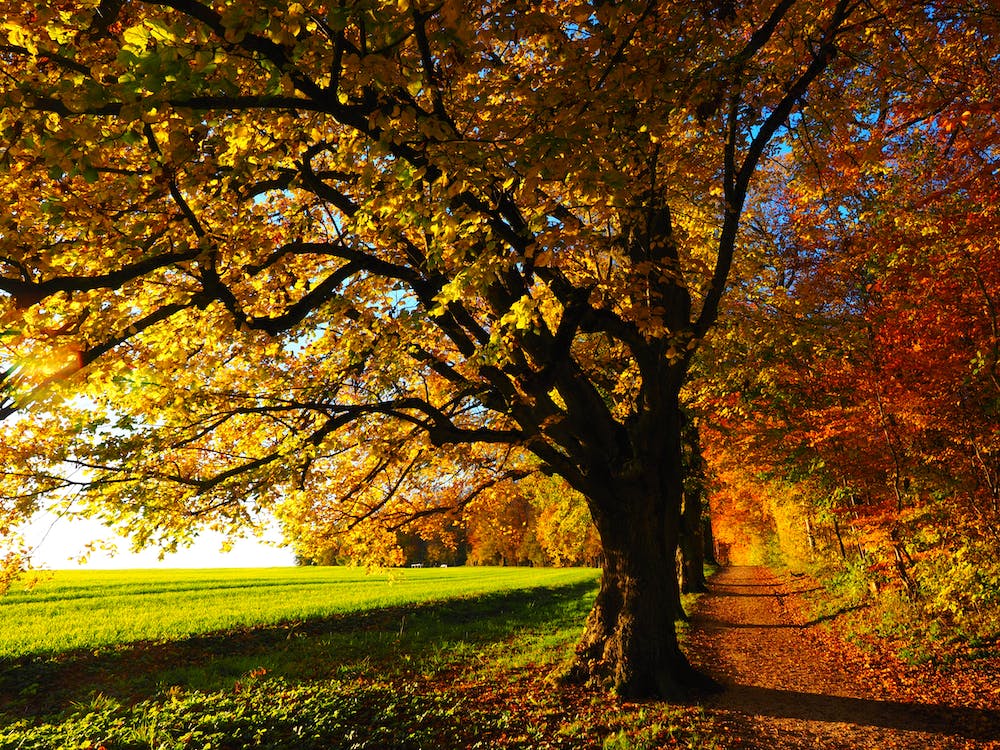
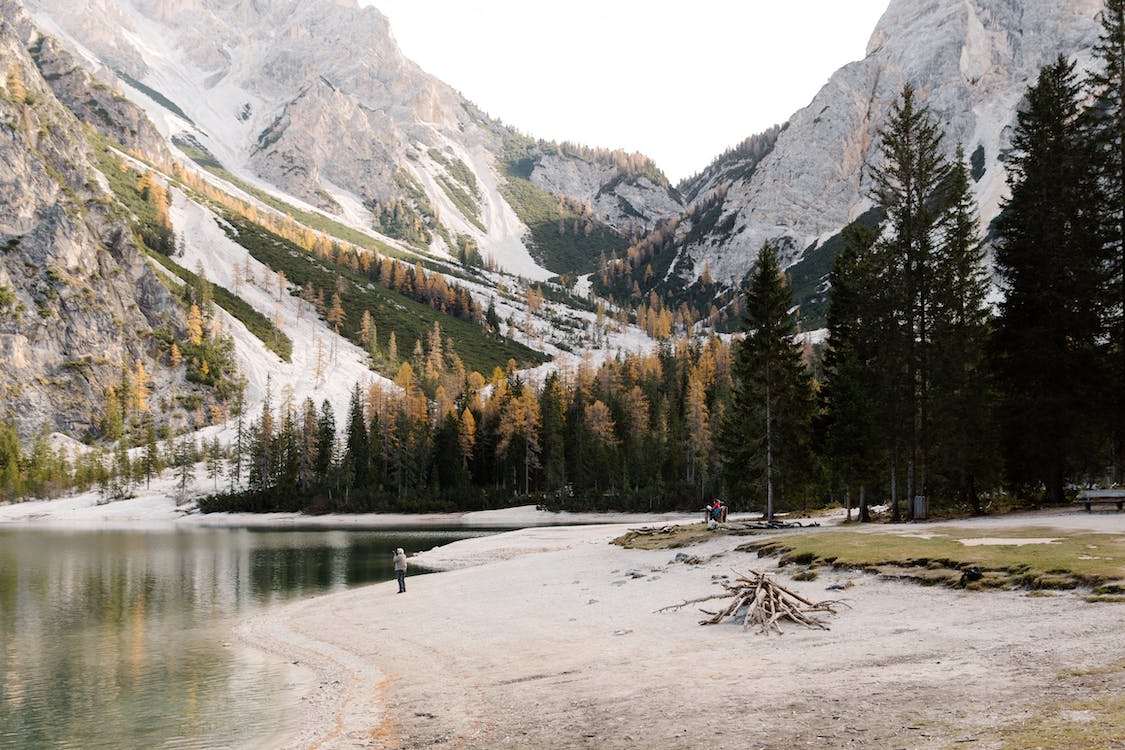
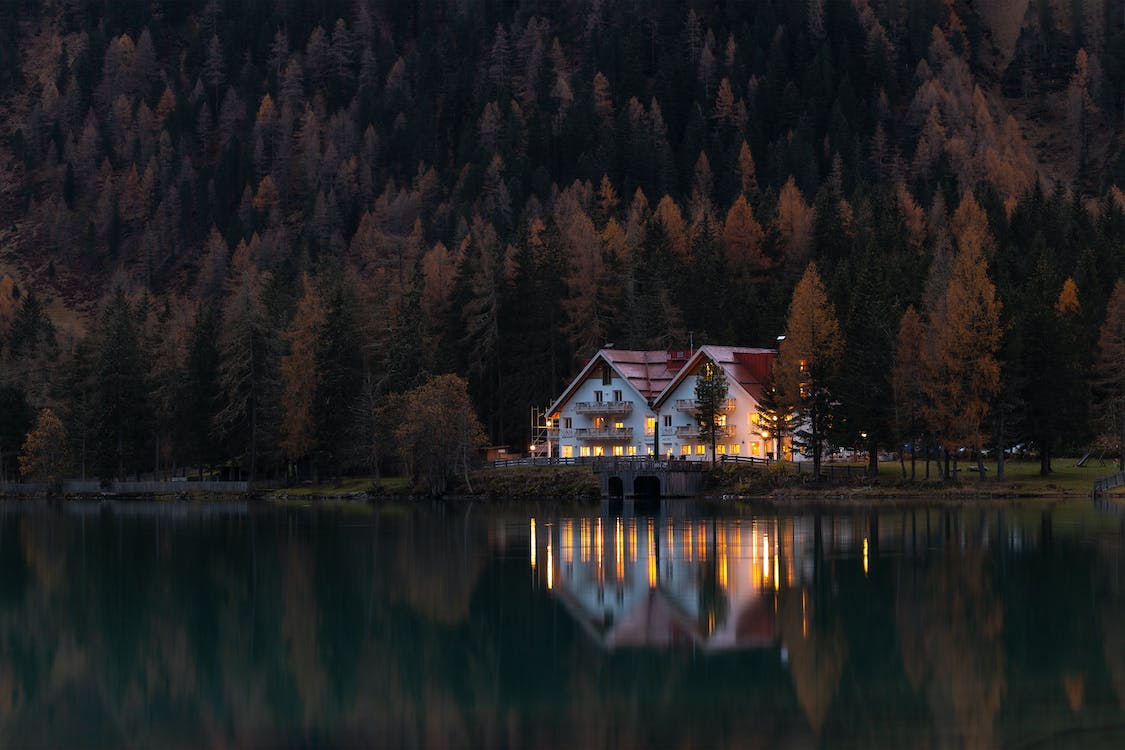
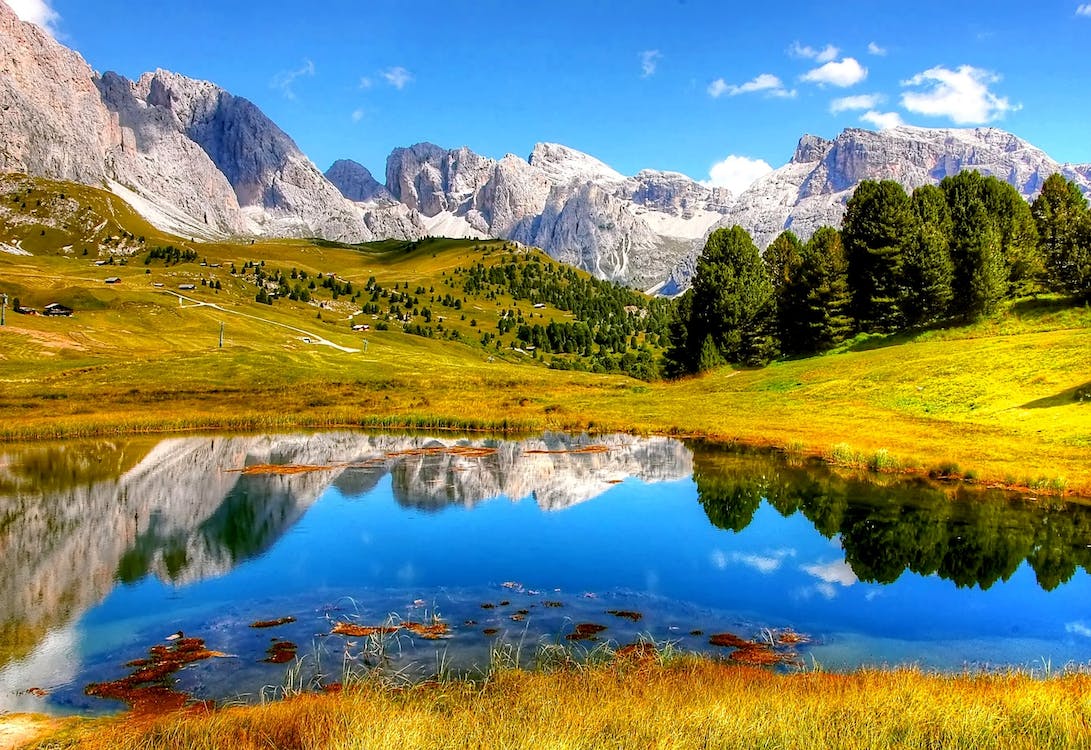
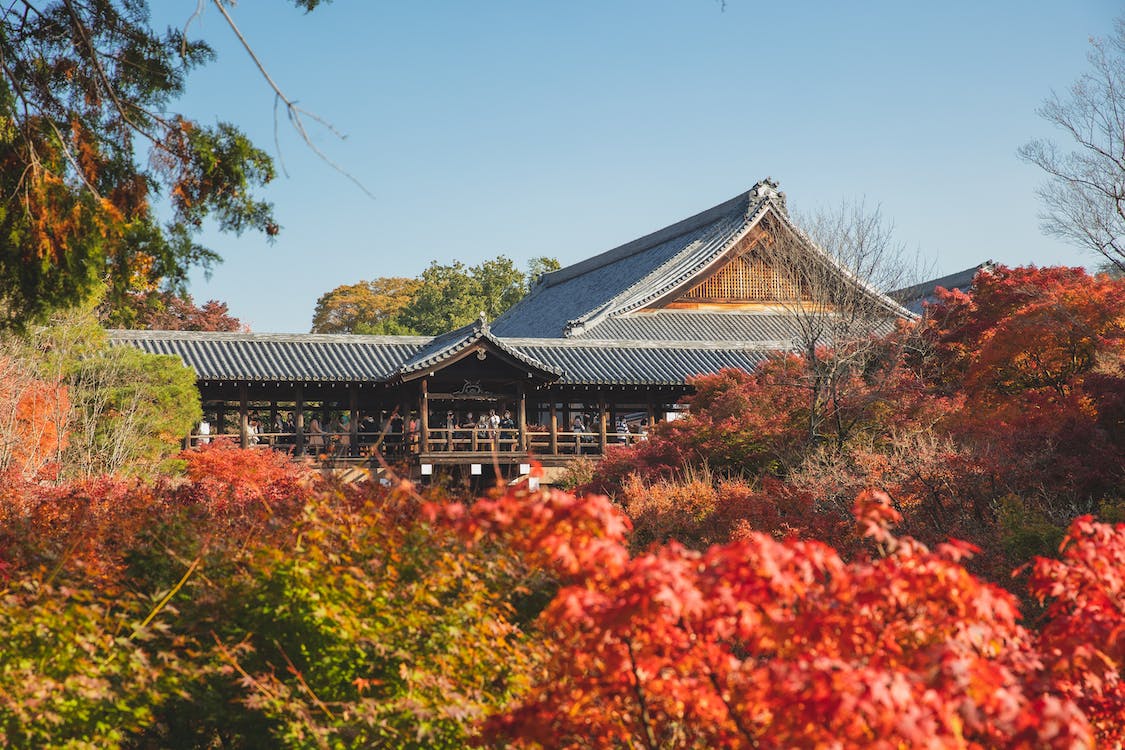
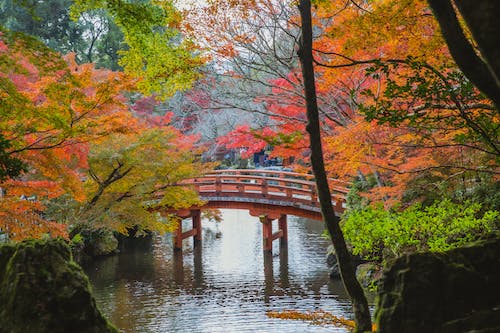

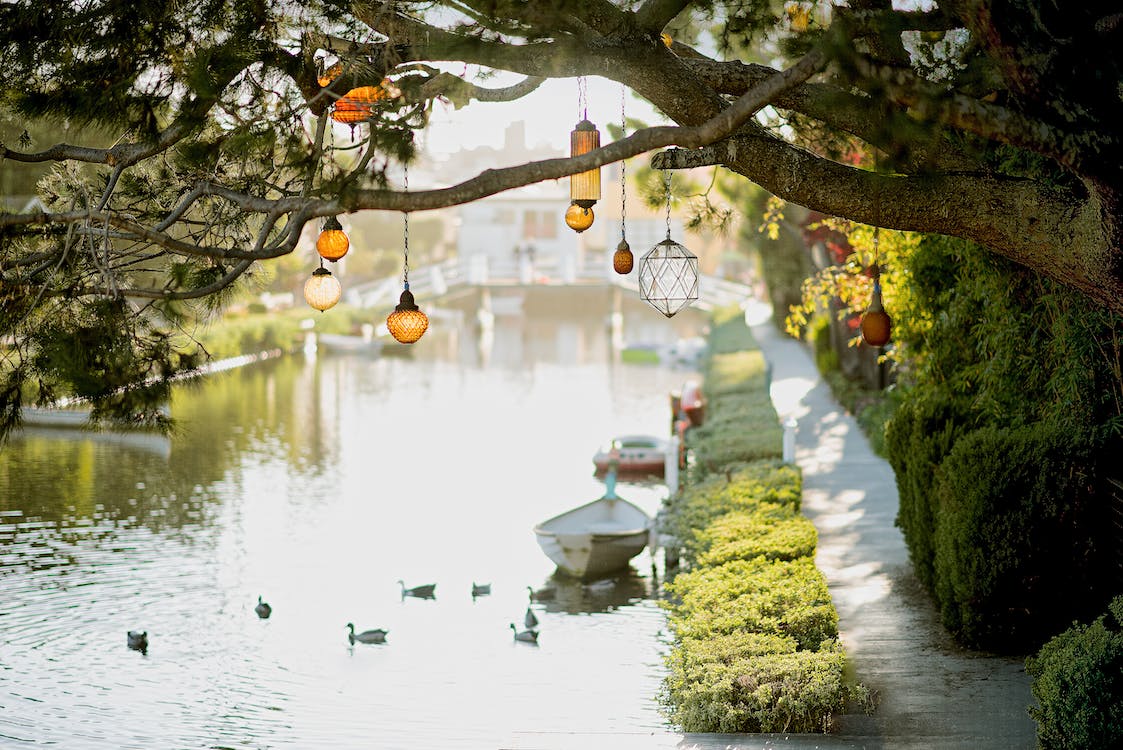
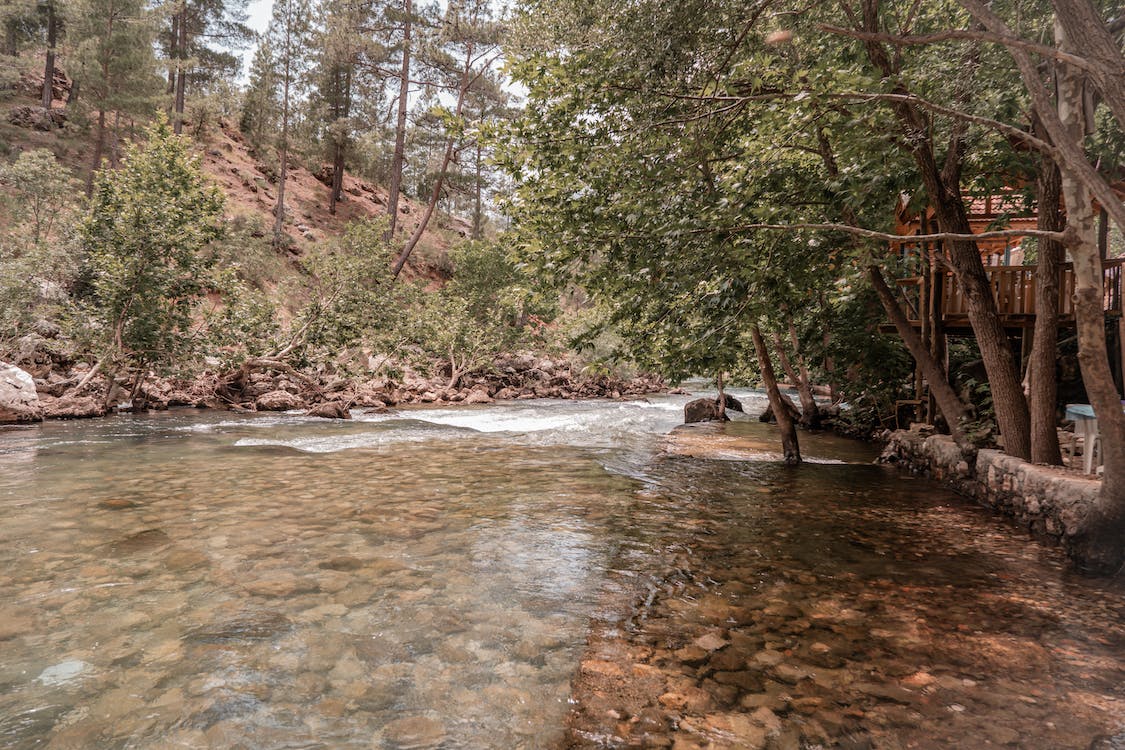
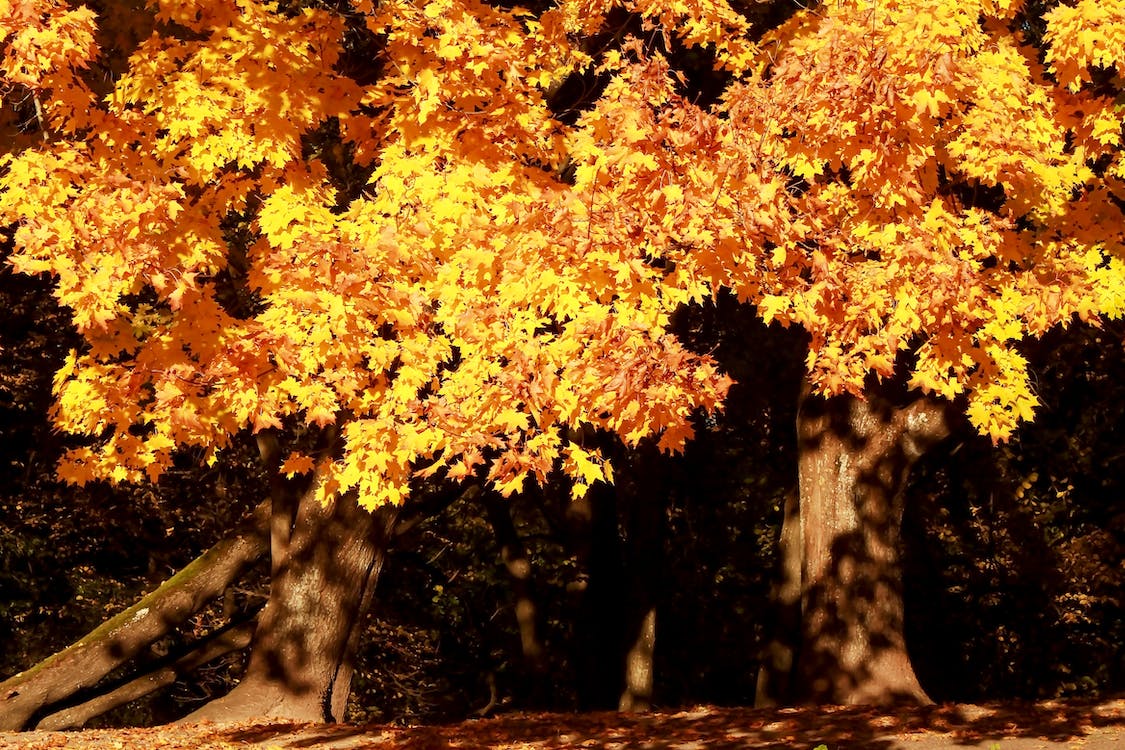
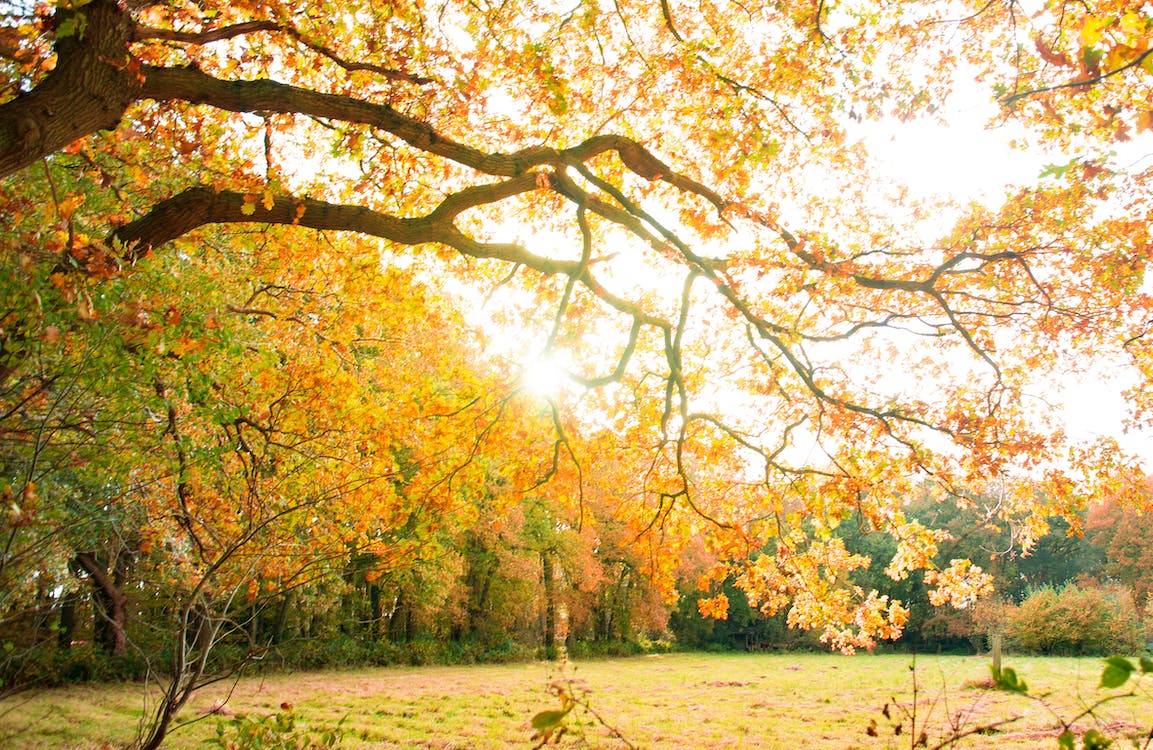
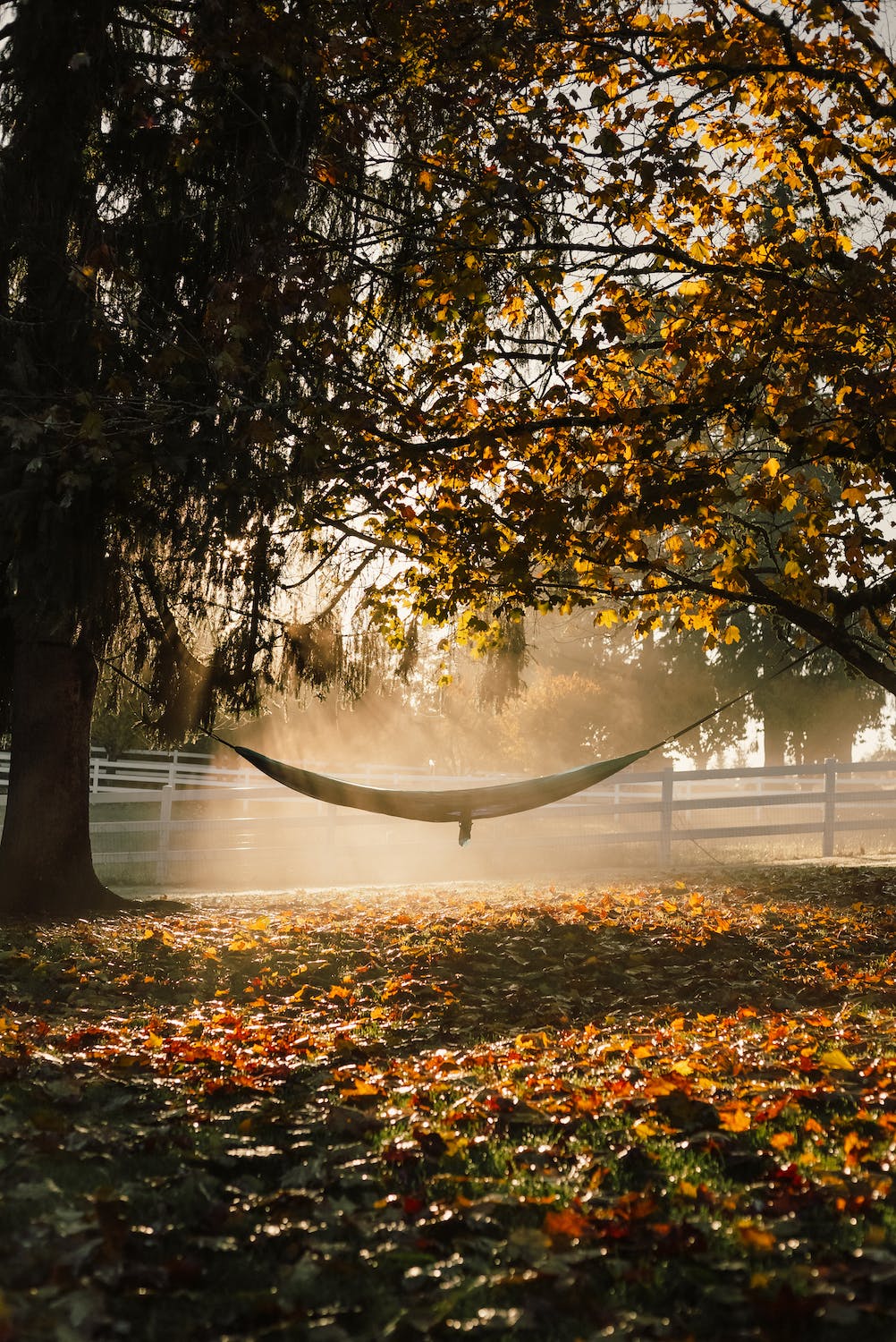
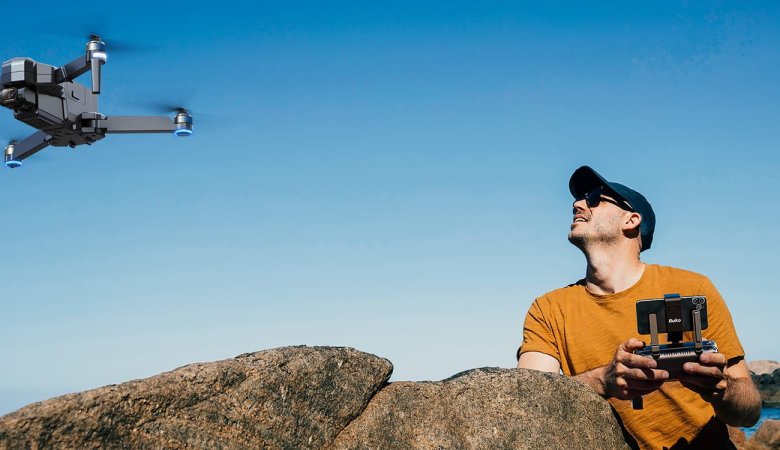
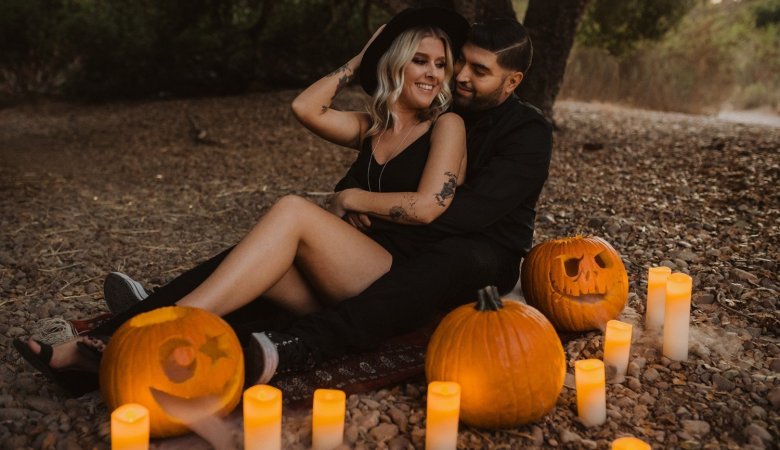
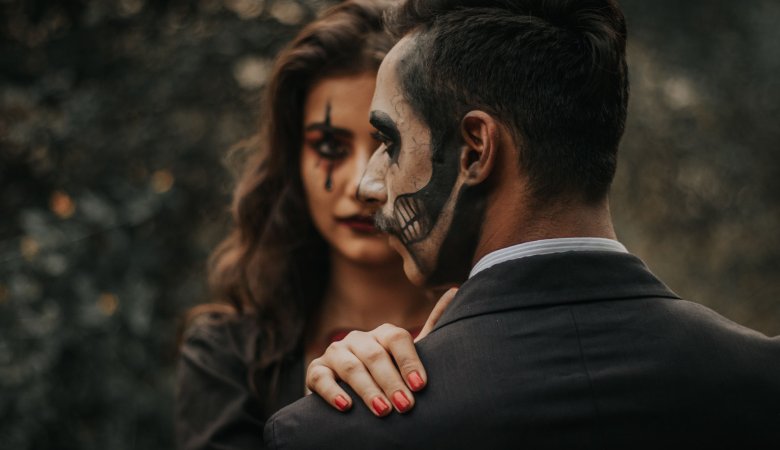

Leave a Reply